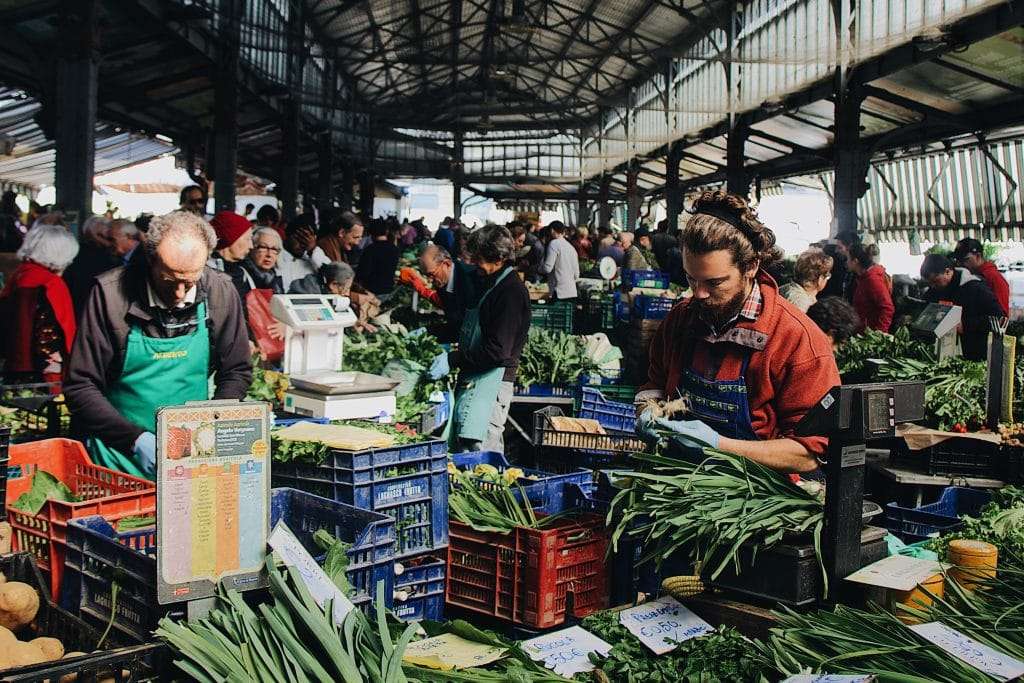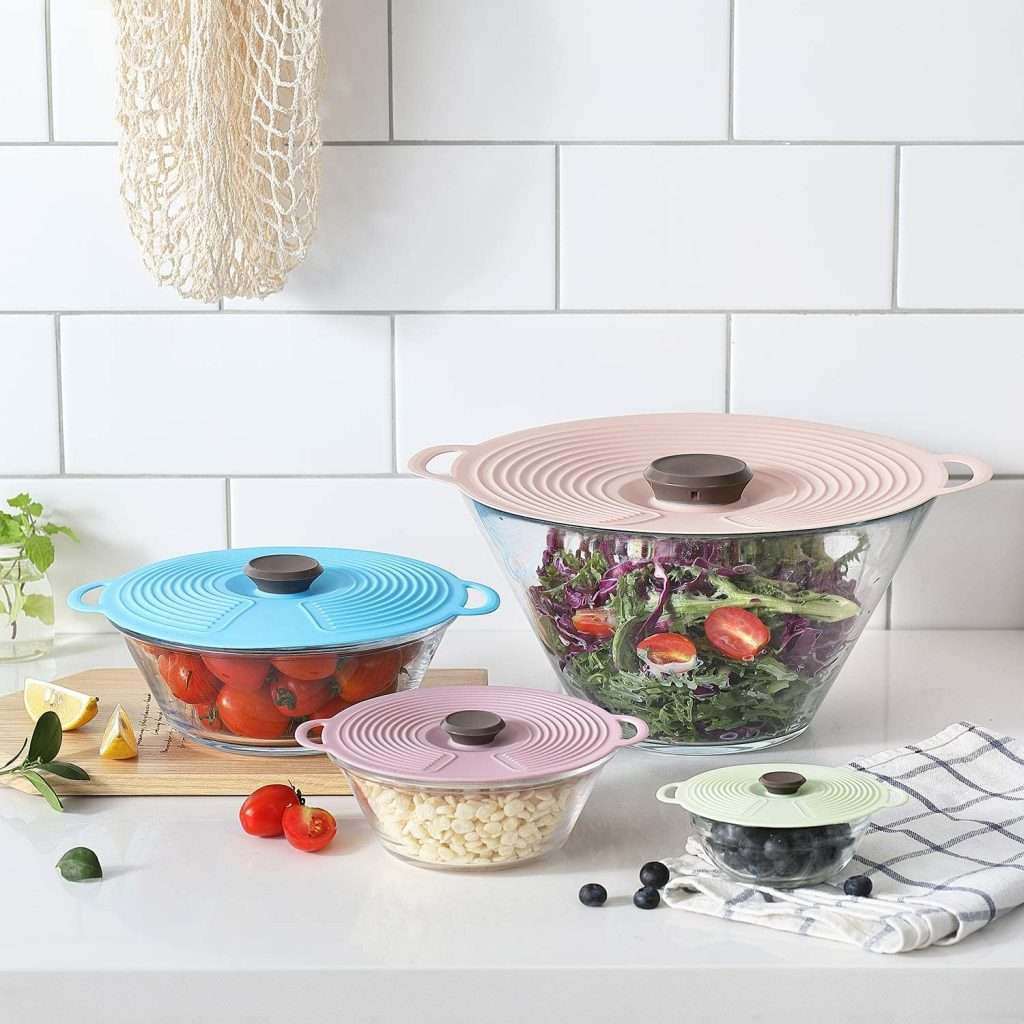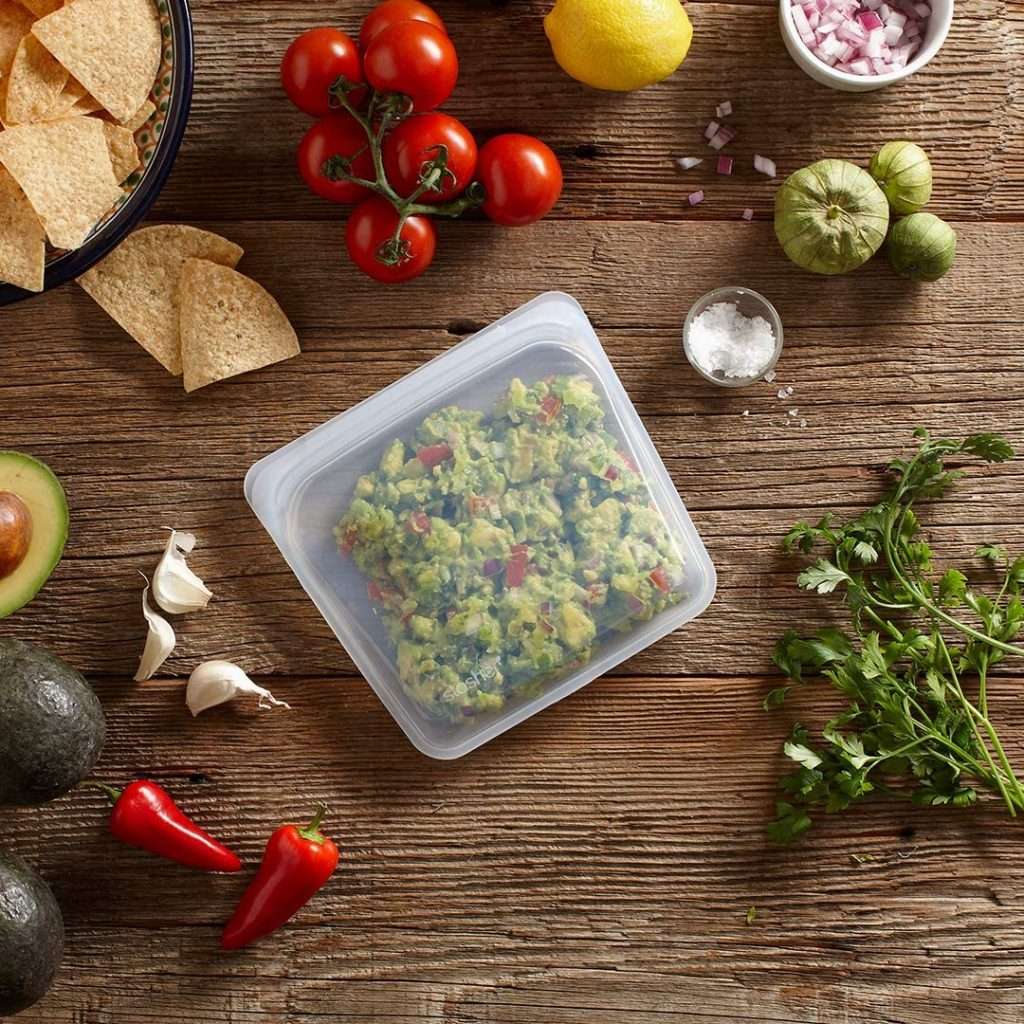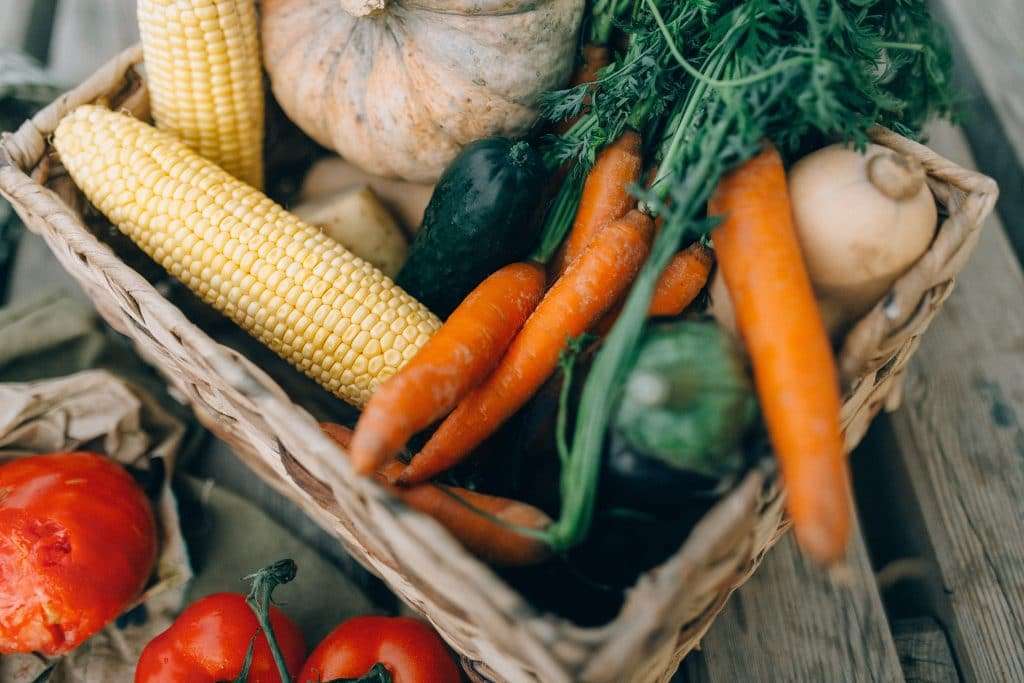Food waste is a big problem, and our individual (bad) habits can make things worse. But with tricks like Meal Prep Sunday and food scrap compost, it’s easier to make less food waste than you think.
In a comprehensive plan announced late last year, the FDA, USDA, and EPA unveiled a national strategy aimed at halving food loss and waste in the U.S. by 2030. This ambitious plan marks a continuation of the joint efforts by these agencies to foster a more sustainable future. And it comes at a critical time.
Currently, food constitutes the most prevalent material in U.S. landfills. Approximately one-third of the municipal waste stream, nearly 100 million tons, is organic waste, with food accounting for 66 million tons of this total. The Draft National Strategy for Reducing Food Loss and Waste and Recycling Organics outlines potential methods to minimize food loss and waste throughout the entire supply chain.

FDA Commissioner Robert M. Califf, M.D., expressed strong support for this initiative, stating, “The FDA supports the mission to reduce food loss and waste. While we look forward to our continued partnership with USDA and EPA, we also want Americans to feel empowered and confident in their ability to play a part in that mission.” He encouraged public participation in identifying practical solutions to reduce food waste.
This strategy is a key component of the Biden-Harris Administration’s National Strategy on Hunger, Nutrition, and Health. It was introduced alongside the historic White House Conference on Hunger, Nutrition and Health held in September 2022.
The strategy is structured around four main objectives: preventing food loss and waste where feasible, increasing the recycling rate of all organic waste, and promoting policies that support food loss and waste prevention and organics recycling. This joint effort is expected to yield numerous social and economic benefits. These include increasing food access for Americans facing food insecurity, fostering new job opportunities and industries, enhancing supply chain resilience, and delivering significant financial savings to households, especially in underserved communities.
Reducing food waste at home
Whether you’re trying to save money or reduce your impact on the environment, there’s never been a better time to think about how you’re using food in your home and whether you could be doing things differently.
Every bit helps. That’s because food waste is a massive problem for the planet. According to the USDA, in just the U.S., 30 to 40 percent of the food supply is wasted — meaning it’s never consumed.
According to Feeding America, the nation’s leading nonprofit food bank network, more than 108 billion pounds of food go uneaten every year in the U.S., totaling more than $400 billion in losses. Last year, the Feeding America network and its partners rescued 4.7 billion pounds of groceries—making it the largest food rescue organization in the country.

But food waste is more than just expired grocery items. USDA’s Economic Research Service defines food loss as edible amounts of postharvest food lost to a number of culprits from cooking shrinkage to mold. It recently changed the term “food waste” to “food loss and waste” in order to describe all reductions in edible food mass anywhere in the supply chain. This can also include typically inedible food parts such as banana peels and eggshells that can be of value when used in compost or disposed of in other ways.
Whatever you call it, wasted food isn’t doing the environment any favors, either. When not composted or properly disposed of, food waste is a leading producer of methane, a greenhouse gas more potent than CO2. Climate experts have warned that methane emissions must be reduced in order to prevent catastrophic climate events.

Governments are working to address the food waste issue. California enacted a statewide law aimed at keeping food scraps out of landfills, mandating green compost bin disposal for qualifying food waste.
Ten other states also have laws in effect aimed at curbing food waste. In states including Arizona, Colorado, Kentucky, Missouri, and Oregon, there are certain tax incentives for donating meals to food banks and other organizations. Other states, like Vermont, are aiming to decrease output overall. In 2012, it passed legislation that required residents and businesses to gradually reduce their organic waste, banning all food scraps from landfill in the state by 2020.
Food waste tips
Making changes at home is a key part of reducing food waste. And it’s easier than you might think. These tips on how to prevent food waste in your kitchen make it easy.

1. Create a food waste plan
Everyone should have a plan in place for what you’re going to do with any food waste that is created. There’s always going to be some waste because that’s just the nature of cooking. Food waste is inevitable because you can’t eat every part of the vegetable. So have a way of recycling it or maybe using it in your garden in some way. In states where composting scraps is mandated, a simple bowl or bucket on the counter can serve as a place to gather your scraps before taking them to your green bin on trash day. Easy!

2. Feng Shui your fridge
Just like the rest of your kitchen has a place for everything, how you organize your refrigerator is critical for reducing food waste. The FIFO (first in, first out) method can help by moving older products to the front of the shelves and drawers every time you buy new groceries. Likewise, setting up fridge zones for categories helps to prevent forgotten items from going bad.
How you store your items can help, too. Clear storage containers make it easier to see what’s in your fridge so that you use items up before they go bad. If you tend to forget what’s what or when you put it in the fridge, try a labeling system with dates — either on the items themselves or on whiteboard or chalkboard on your fridge or in the kitchen. And, be sure you’re cleaning your fridge regularly to ensure nothing is lost and that you have a running tab on what’s in there that needs used.

3. Meal Prep Sunday
Having a food and meal plan for the week ahead is another tool that will help you with reducing food waste. “Meal prep Sunday” is a great way to do this. By setting aside an hour or two on the weekend, you can make sure all of the perishable food in your fridge gets slotted for consumption. When you have a weekly plan in place, you can follow it closely and buy only the things you need for the meals in the week ahead. It’ll also mean that you’re less tempted to reach for junk food or eat out—call that a win-win! Batch cooking is an easy way to meal prep so that you have food ready to go for meals and reduce your waste.

4. Keep an eye on your refrigerator temperature
This might sound obvious but it’s something that people often overlook when it comes to the lifespan of the food they buy. The temperature of your fridge will have a big impact on how long your food will last. If the temperature is too high, the food won’t last as long as it probably should or as long as you want it to. Keep it between 1 and 5 degrees celsius (33.8°F to 41°F). Energy-efficient appliances are often well-equipped to maintain their temperatures, so if it’s time for a new fridge, this is one way to go.

5. Know when food and drinks are likely to go bad
It’s helpful to understand when food goes bad so that you can plan ahead and make sure that you use the food before that happens. There might be some foods and drinks that you know nothing about in terms of use by dates. For example, does beer go bad? Do you need to use that dried pasta, or is it good past its date?
It’s also important to note that an expiration date isn’t an exact science. Brands use these as best practices to ensure products are consumed at their freshest. But a day or even a few past an expiration date may still be fine. Likewise, other factors can make a product go bad before the expiration date, like the refrigerator temperature, or the introduction of bacteria. When in doubt, give it the smell test!

6. Freeze your leftovers
Not everything freezes well, but you’d be surprised at just how much does. Freeze your Meal Prep Sunday leftovers like soups and stews for rainy days and you’ll be glad you did it. You can also steam or blanch veggies and freeze those for quick add-ins to future meals. This is a great practice when you’re about to travel and won’t eat what’s in the fridge.

7. Donate!
While organizations are doing great work with supermarkets and farms to keep food items out of landfill, you can help, too. Whether you’re donating to a food drive or find a Freedge — a community-stocked refrigerator to provide free food to anyone who needs it — every bit, and every bite, helps.
Related on Ethos:


